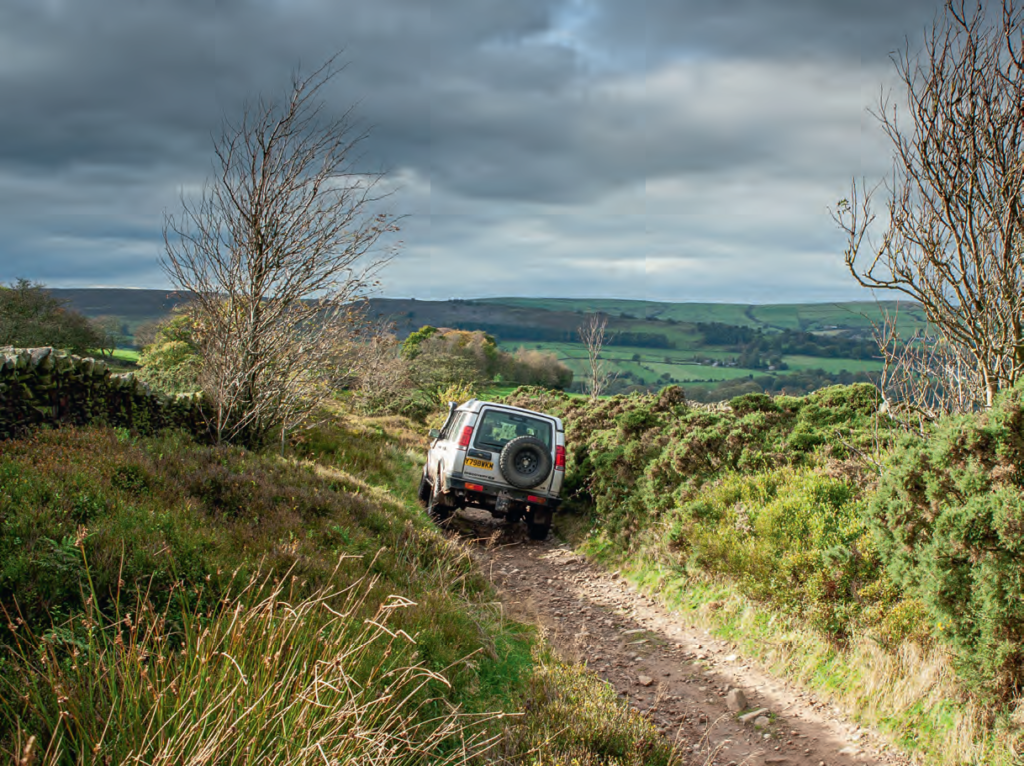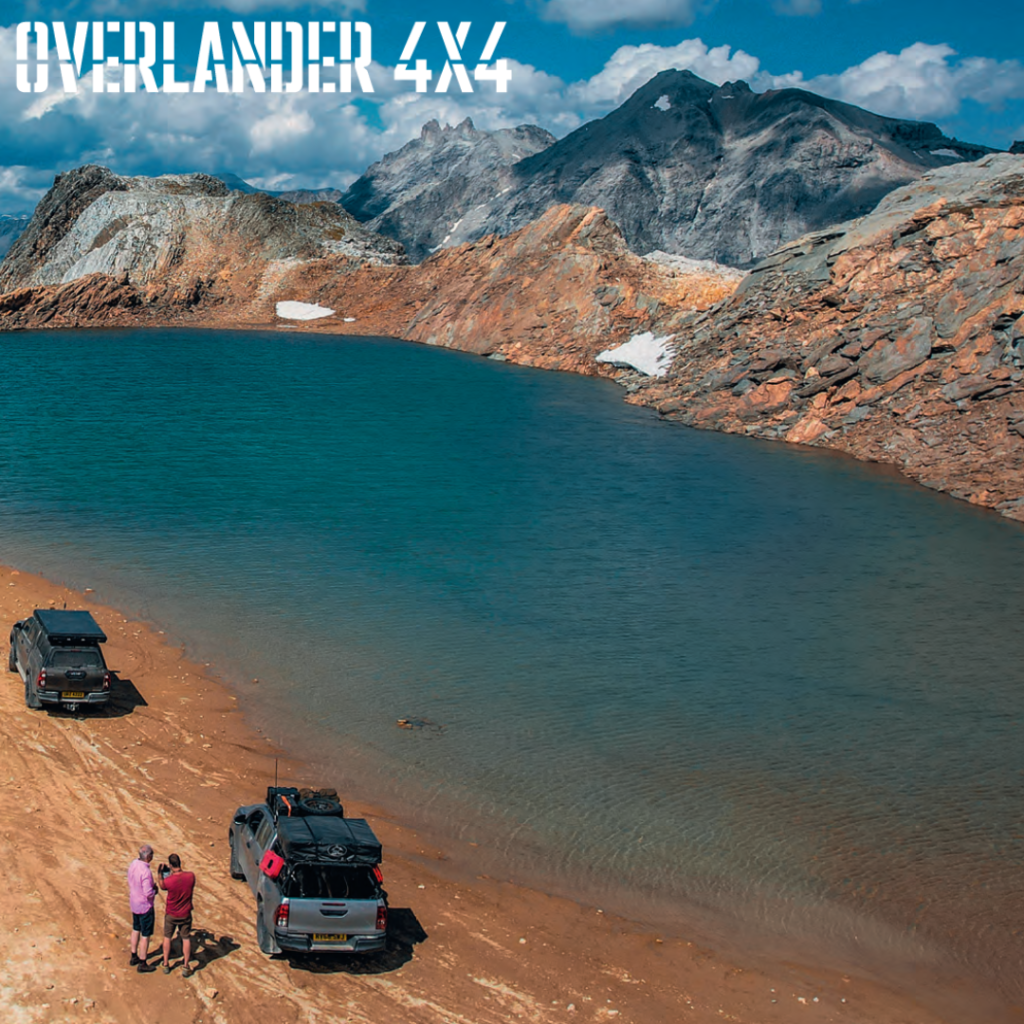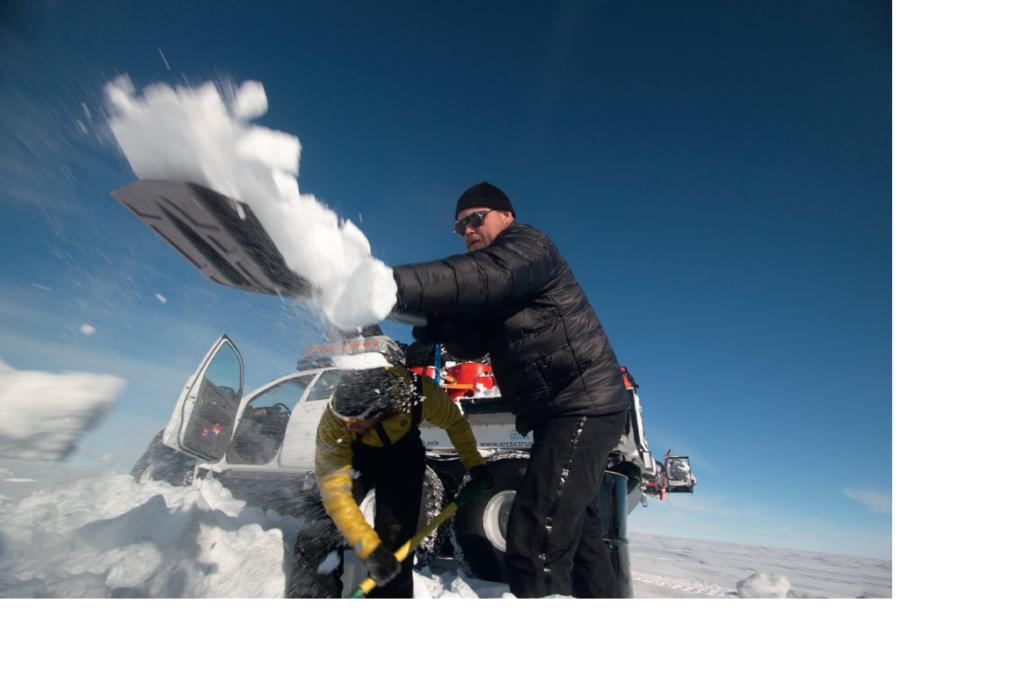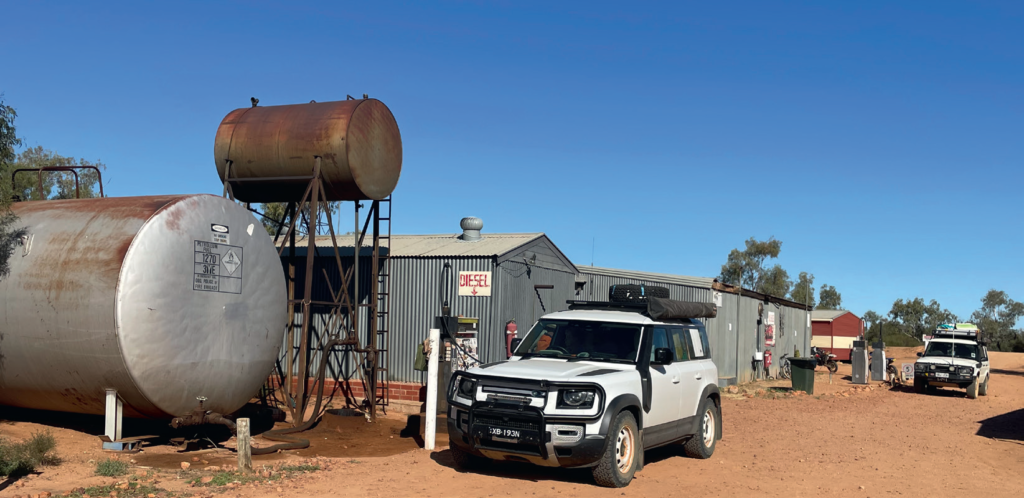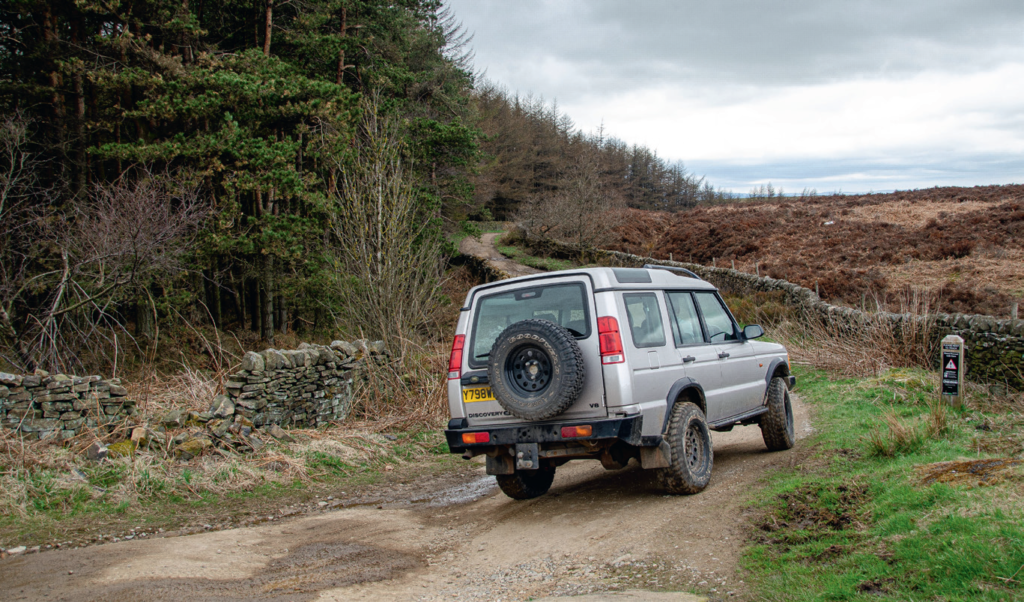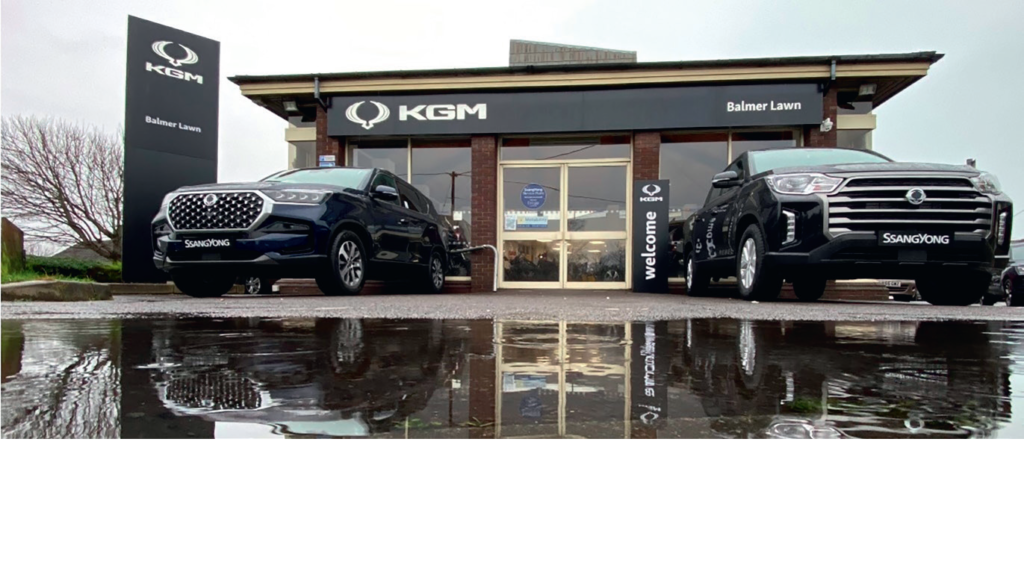How many hobbies should a person have? The answer appears infinite. Certainly in my own case,
in addition to green lane activities.
I birdwatch, help run a charity and do a load of other, sometimes questionable things. The most questionable of all is a love of fact checking. You know the kind of stuff – using Facebook to sensitively correct misunderstandings about stuff like immigration, electric vehicles and especially the flat earthers. And in that latter case I have a particular speciality, having spent many happy hours arguing with many Americans about the nature of our planet.
One thing I have learnt (although I don’t actually seem to have really learnt it as I’m still banging my head against the wall) is that arguing with fanatics is entirely pointless. They simply are not interested in facts and truth and common sense, or even the evidence of their own eyes. The have an opinion, however mad it might be, and all they are interested in is shouting about it, regardless of how unrelated to reality it might be.
Read the full article in this month’s issue of Overlander 4×4.
